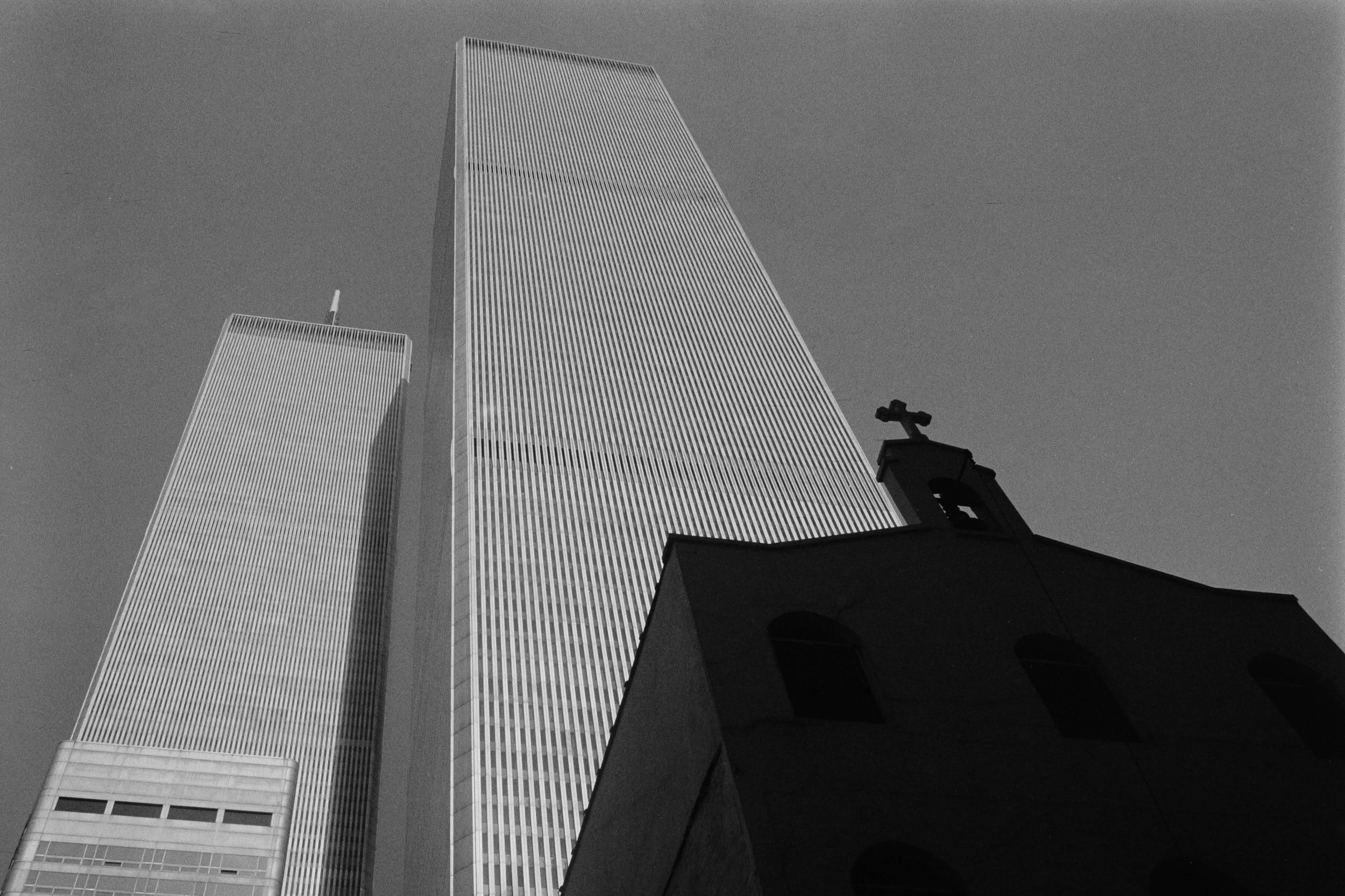How New York's disabled fared during the World Trade Center attacks by Aaron Tanner
September 2021 marks 20 years since the terrorist attacks on the World Trade Center in New York City. I was in 11th grade at Bob Jones High School in a health and nutrition class when the principal came on the intercom to announce the horrible news and told us to turn on our televisions. It was tough seeing the towers my family had visited a couple of months prior collapse on live TV.
I recently stumbled upon a report from Kansas University’s emergency management program about how disabled populations in New York City were affected by the attack at the World Trade Center. There were some bright spots in how the disability agencies handled these vulnerable populations. Unfortunately, a lot of the communication between first responders, relief agencies, and people with disabilities living near Ground Zero broke down that fateful day.
The first responders and relief agencies had issues assisting New York City’s most vulnerable population. According to the report, many lacked transportation to emergency centers to apply for disaster relief. Some could not stand in the long lines for disaster assistance from agencies like FEMA and the Red Cross, or they were transported to shelters that could not address their mobility issues. Others lost vital equipment and supplies, such as scooters and medicines, when their residence was destroyed through debris and smoke in the attacks.
For those hard of hearing, the closed caption option covered the crawl on local TV stations that gave vital information about seeking help and were unable to keep up with the information overflow. Due to public transportation being disrupted, those with limitations could not get to the regularly scheduled appointments and support services. Even worse, some people with mobility issues were trampled during the evacuation of the World Trade Center and suffered severe injuries. Of course, there is no imagining the hidden mental cost and PTSD from experiencing the attacks firsthand.
The Center of Independence of Disabled in New York (CIDNY) was overwhelmed in the days and weeks following 9/11 with requests for help. It took the agency several weeks to organize a campaign via word of mouth, print, and broadcast media to help the local disabled population that needed assistance in receiving help after the attacks.
Fortunately, there were some success stories. For example, the United Cerebral Palsy Center in Lower Manhattan got adults and children with their day programs successfully reunited with their caregivers hours after the attacks. Also, the Metro New York Developmental Disability Service Agency was able to contact pharmacies in suburban counties and get refills of medicines to those living in lower Manhattan despite the disruption in traffic flow around Ground Zero.
As a whole, emergency responders and relief agencies faced the challenge of improving how they respond to those with disabilities during disasters. In the years following the attacks, the CIDNY worked with first responders on a local, state, and national level on how to handle disabled populations during large-scale emergencies. FEMA even developed a nationwide class on how emergency responders can help those living with disabilities navigate the dangers after a large-scale disaster.
The terrorist attacks of 9/11 still haunt many people to this day. Although first responder and relief agency training in handling vulnerable populations has improved in the two decades, there is still room for improvement. We will never forget the nearly 3,000 people that perished on that tragic day.
How did you first hear the news of the horrifying events of September 11, 2001? Comment in the section below. Also, to read the report from Kansas University, click here.

